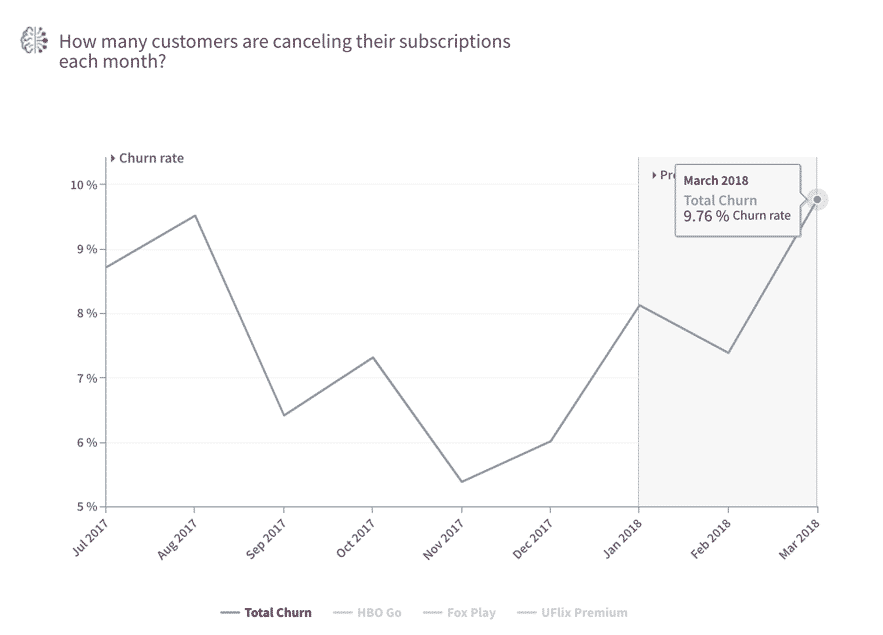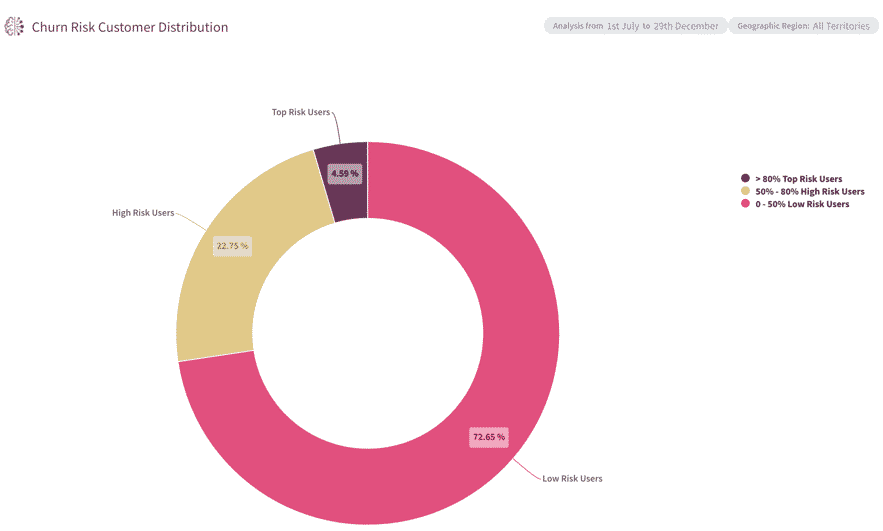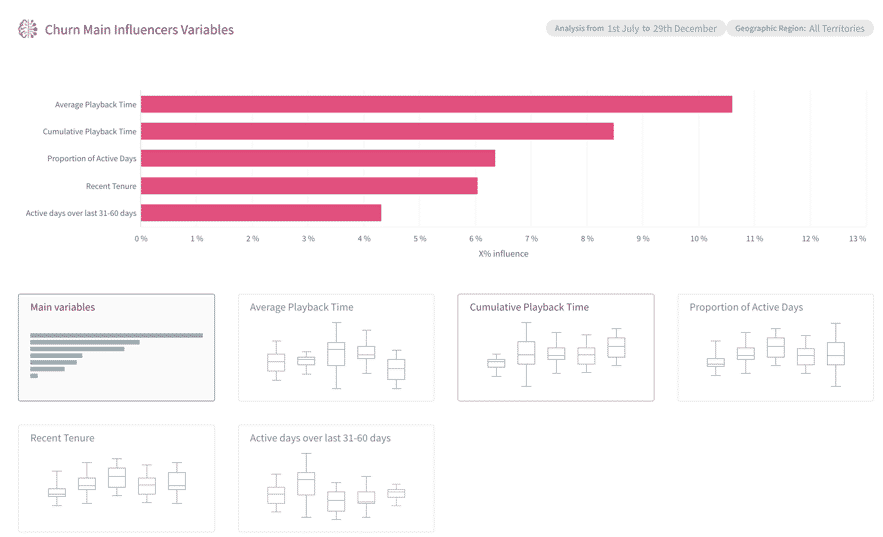Being able to predict the type and percentage of subscribers who are most likely to “unsubscribe” from your video service and understanding why they want to cancel before they do puts you at an advantage when it comes to redefining and optimizing your marketing strategy.
Knowledge is power, and information feeds knowledge, which is why having the necessary metrics displayed on our screens will give us the power to better understand our audience and give us the lead time to predict if their behavior is a one-off or a trend. We will be able to analyze why the customer wants to cancel and take appropriate actions based on these specific data points. Is it because of the quality of our content? Is it down to a technical failure in our video platform? Or is the competition being more competitive – being aggressive in price or ambitious with content, for example?
In this article, we will talk about how you can predict how many users are most likely to cancel your video streaming service. So, you can start driving your churn rate down, now!
The video streaming industry: a highly competitive market
The paradigm shift in how visual content is consumed has given rise to the emergence and upsurge of streaming platforms like Netflix, HBO, and Amazon Prime. These video services need to keep evolving to stay ahead of audience requirements.
These titans of the online video platform world are investing loads of money and effort into marketing campaigns specifically to win subscribers, and more importantly, to build customer loyalty so their subscribers are even more profitable. These Video on Demand services – also called VOD – in addition to investigating how to win and retain subscribers, should be concerned with turning a profit on the production of new series and movies. These are interesting ventures precisely because they create customer loyalty.
So, how do you predict if your subscribers are about to cancel your video service?
Analysis of Cancellations
Jump Retention is a churn management solution based on machine learning technology that allows you to predict the likelihood that your subscribers are going to abandon your service. Of course, it also gives you the data you need to understand the core reasons for churn. But it doesn’t stop there. In addition, it lets us make an impact on our customers through automated marketing campaigns – without having to leave Jump’s Retention platform – so that we can influence and track their future behavior to check if our campaigns have truly been effective.
Customer Churn Rate
Using a variety of KPIs, we can analyze the number of cancellations by subscription type, product type, and subscription status. Not just this, but you can also view the type of content that these subscribers watch the most: drama, comedy, cartoons, kids, thrillers, crime drama, horror, mystery, etc.
Another data point we can obtain is the number of subscriber cancellations over a 6- month period thanks to the Customer Churn Rate KPI.

Customer Churn Risk Distribution
With these metrics we can also get a complete view of our subscriber churn risk level, which is displayed via a colored graph and accompanying legend.
- Top Risk Users. This percentage should be the lowest of the three. A high percentage would mean that something critical is happening in our video service given the elevated churn rate. This is where the most work should be immediately dedicated in order to prevent churn and increase the rate of retention.
- High Risk Users. High Risk Users are those who have a 50 to 80 percent chance of churning. These subscribers are thus classified as having a medium to high risk of leaving our streaming service.
- Low Risk Users. In contrast to the first figure, this percentage should be as high as possible, indicating that most of our subscribers do not intend to leave our service.

Why do your subscribers cancel?
Using the Churn Main Influencers Variables KPI, we can define better retention strategies aimed at those subscribers who are likely to cancel our video service, because this KPI reveals more detailed data for each risk group.

It’s possible that “nothing bad is happening in your video service” and a subscriber simply decides to part ways – and it might even be just on a temporary basis. That’s why we must focus on taking care of the smallest details. Just as we look after our communications throughout the customer journey through to retention, we should be just as careful when it comes to cancellations because how we handle the process could influence future decisions: whether they return to our service or even recommend it to others.
If you need help understanding and analyzing when there is a risk of churn in your subscriber base – the percentage of subscribers who are likely to cancel and why – don’t hesitate to contact JUMP-Data-Driven Video. We will be more than happy to give you the advice you need!
